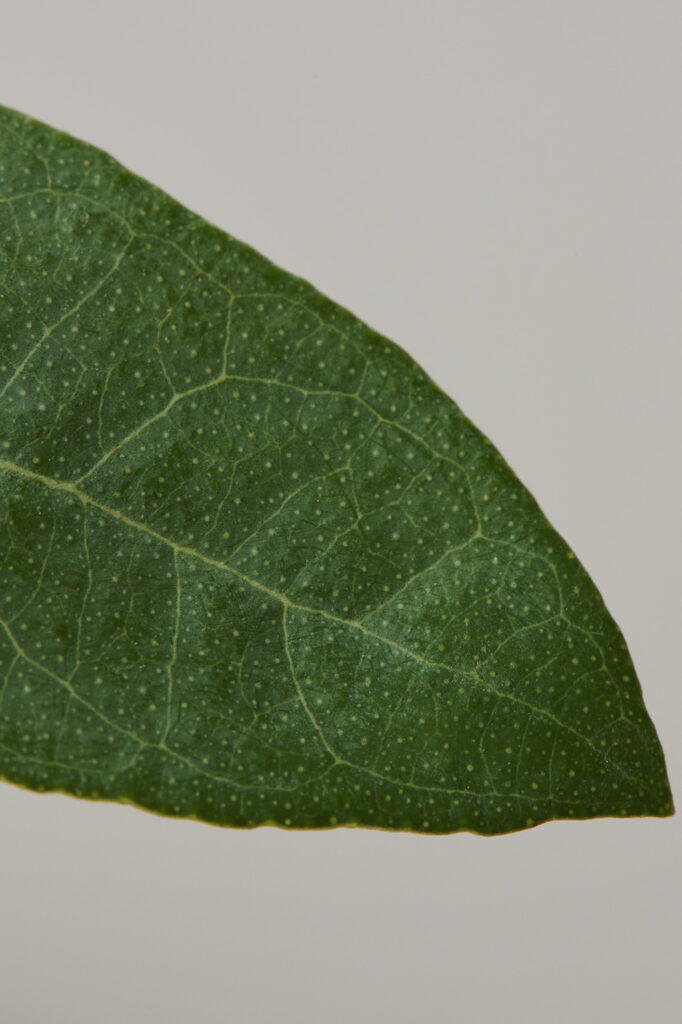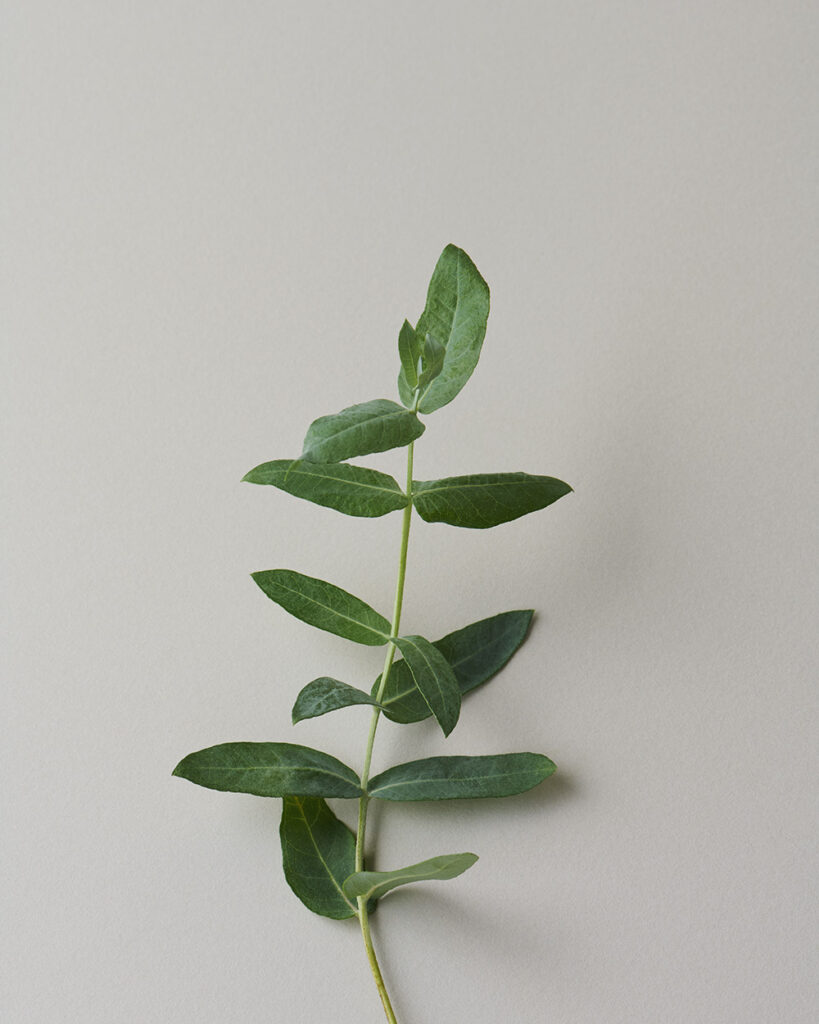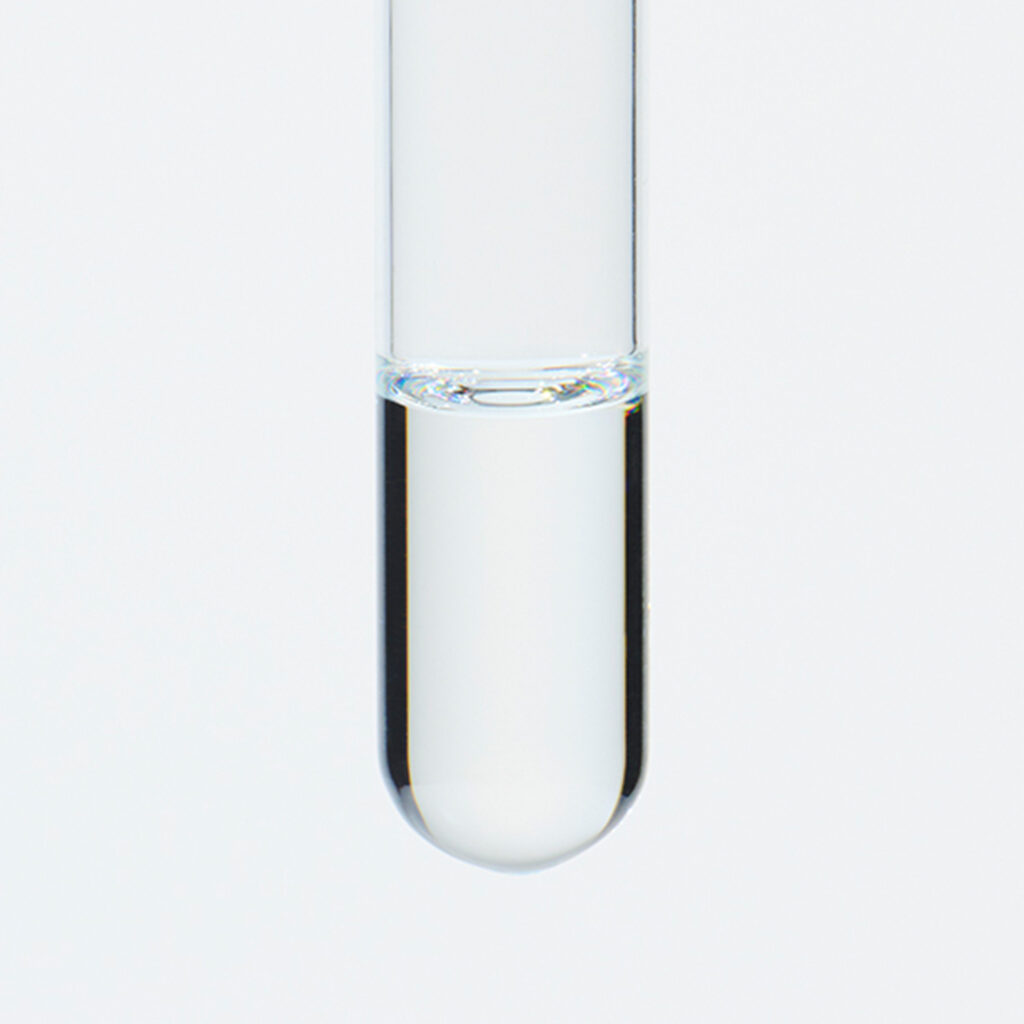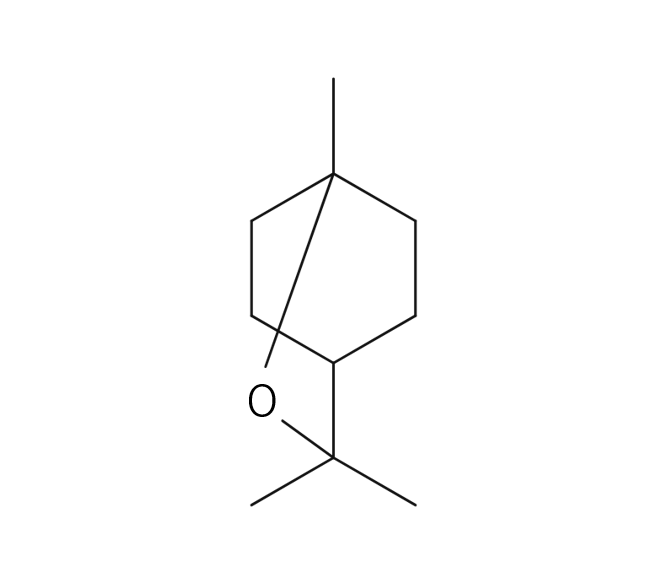About 0.7% of Eucalyptus Globulus essential oil is obtained by steam distillation from its leaves, and it is colorless or pale yellow in color. Its primary constituent is 1,8-cineole, also known as "eucalyptol," which imparts a refreshing, cool, and throat lozenge-like aroma. It is popular for its refreshing, slightly sweet, and clear characteristics. It has a slightly weighty green quality, coupled with freshness and a subtle bitterness. Its distinct aroma carries a pungent and bitter character, with an overall calming effect. Eucalyptus has many different species, and Eucalyptus Globulus is one of the most well-known and widely used in various fragrant products. It is used in a wide range of items, including toiletries, diffusers, and bath essences. While it blends harmoniously with many essential oils, it particularly complements uniquely fragrant Juniper, Rosemary, and Roman chamomile. Despite its neutral strength, it's recommended add in amounts that maintain a well-balanced blend.





